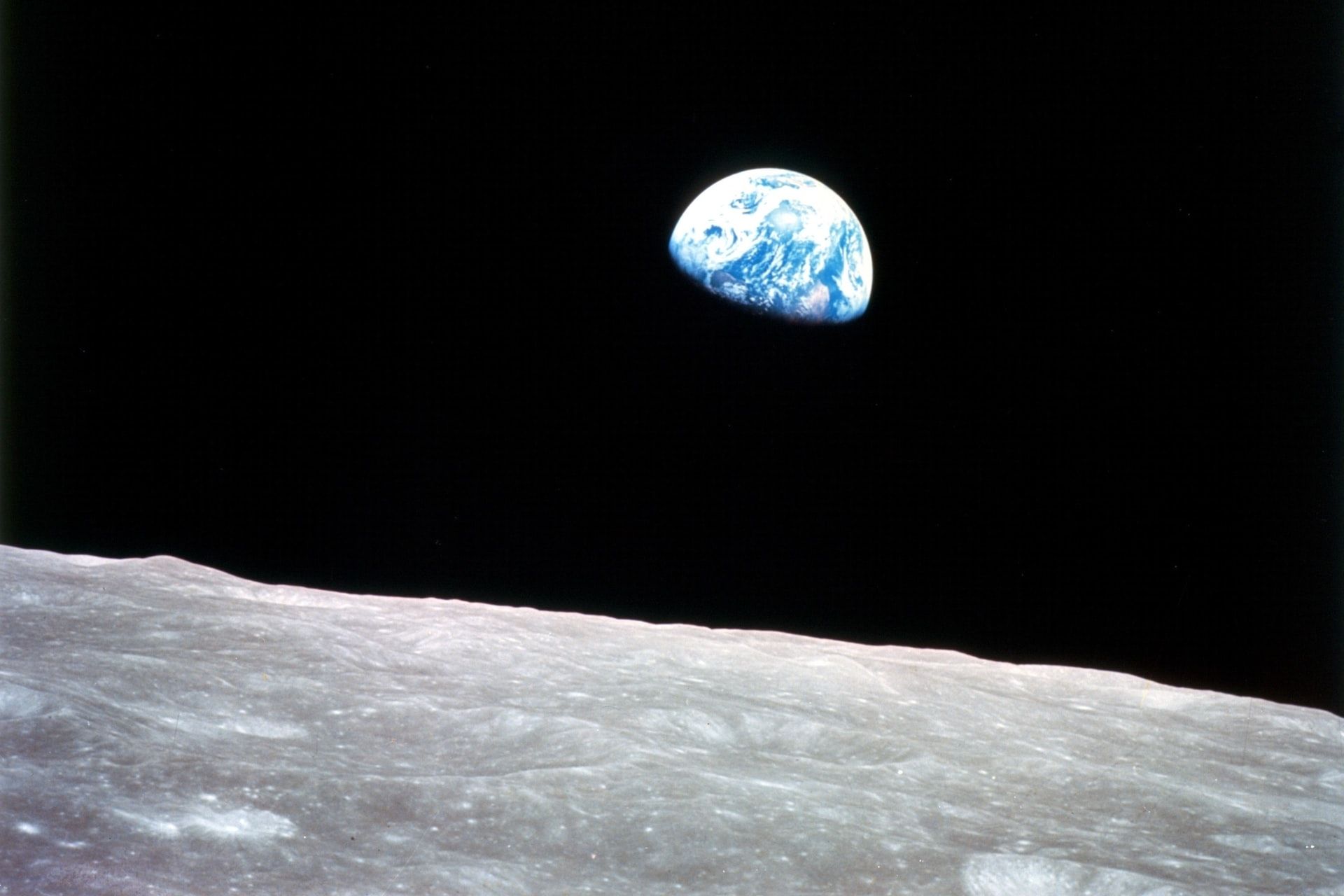
Building a Space Shuttle: Did You Know It Can Take Years?
January 17, 2017 - Emily Newton
Revolutionized is reader-supported. When you buy through links on our site, we may earn an affiliate commision. Learn more here.
The space shuttle program in the United States came to a halt in 2011 due to financial issues, but NASA has made its shuttle blueprints available to the public. Other countries, as well as private citizens and commercial companies, are taking advantage and building space shuttles. A lot of work goes into space shuttle design.
The materials need to meet strict safety standards and have the power to reach escape velocity. The process can take as long as six years to complete — maybe longer — but public access to shuttle blueprints gives countries like India and Uganda the ability to build and launch a successful space shuttle. What does it take to build and test space vehicles? What challenges do individuals and commercial companies face with this knowledge?
How Other Countries Approach Building a Space Shuttle
The frontrunners in the quest to build successful space shuttles include Russia and China. However, other countries have entered the field of space exploration. India recently completed its first test shuttle known as the Reusable Launch Vehicle (RLV). It took the team of 600 scientists more than five years to build the 21-foot test model. The project director plans to build two more test models before the final space shuttle is ready. India’s first space shuttle will measure 131 feet and may launch in 2030.
The project started at the Vikram Sarabhai Space Centre in Thiruvananthapuram. Engineers completed the first RLV in a hangar near Kerala. The scientists tested the spacecraft, launching it in May 2016 off the coast of the Bay of Bengal. Engineers used a nine-ton solid rocket motor to vertically launch the winged-bodied spacecraft. The RLV reached an altitude of 43 miles before soaring and landing 311 miles from its launch pad.
Uganda is building its first space test shuttle without the help of a national space program. The project lead is Chris Nsamba of the African Space Research Programme. With the assistance from volunteer engineering students, this former United States Marine is building Africa’s first space shuttle with an estimated timeline of four to six years.
Nsamba and his team are designing and building a shuttle. Their test model is currently a plane. The project is reliant on funding from volunteers and members of the African Space Programme that number in the hundreds. It is unclear how Nsamba plans to test the model when complete, but he has ideas on testing his astronauts in a created zero gravity field with a jet engine.
Thinking of Building a Space Shuttle?
NASA published its blueprints for 12 space shuttles. They include the Lockheed Hubble Telescope Drawing, Boeing Saturn 5 Configuration Drawing, the Docking Detail for the Apollo-Soyuz and the Gemini Equipment Arrangement. The blueprints are very detailed and give serious engineers a place to start when considering the elements and parts that are necessary for a space shuttle.
Successfully launching a rocket into space has always been a dangerous endeavor, but many people dream of building their own shuttle. Consider the following potential setbacks and delays if you take on the task of building a spacecraft:
- Even spacecraft that have flown multiple times can experience issues that can lead to tragedy. The Challenger exploded on its tenth launch. The Columbia exploded during re-entry after 28 missions. You should test your models thoroughly before an official launch.
- Building an efficient and successful spacecraft is expensive. Funding without a national space program or wealthy investors may delay your project for decades. NASA states that it costs $450 million to launch each shuttle mission during the Space Shuttle Program. You may find efficient and less costly parts that use new technology to stay within budget.
Building a space shuttle will take time, but if it was your childhood dream, don’t give up. With new technology and space agencies sharing their findings, private citizens, and commercial companies can finally make that dream come true.
Revolutionized is reader-supported. When you buy through links on our site, we may earn an affiliate commision. Learn more here.
Author
Emily Newton
Emily Newton is a technology and industrial journalist and the Editor in Chief of Revolutionized. She manages the sites publishing schedule, SEO optimization and content strategy. Emily enjoys writing and researching articles about how technology is changing every industry. When she isn't working, Emily enjoys playing video games or curling up with a good book.




